Nephrurus
Very Well-Known Member
Hi all,
After a brief hiatus I'm going to try and post a little more, upload more stuff to flickr and my other site (that i'm not allowed to have in my signature), or, in the very least, catch up and write up a few of the field herping threads that should have gone up here and there.
I thought I'd start with that which will be shortest, most recent and freshest in my memory. For work I headed up to the Pilbara, about 120kms NW of Newman for a 15 day camping trip that involved installation of pitfall traps, the trapping period and some extra quoll survey trapping.
We were trapping with elliot traps, funnel traps, cage traps and pitfall buckets.
Here's a bit of habitat to give you a bit of an idea of the sort of country i was trapping in.
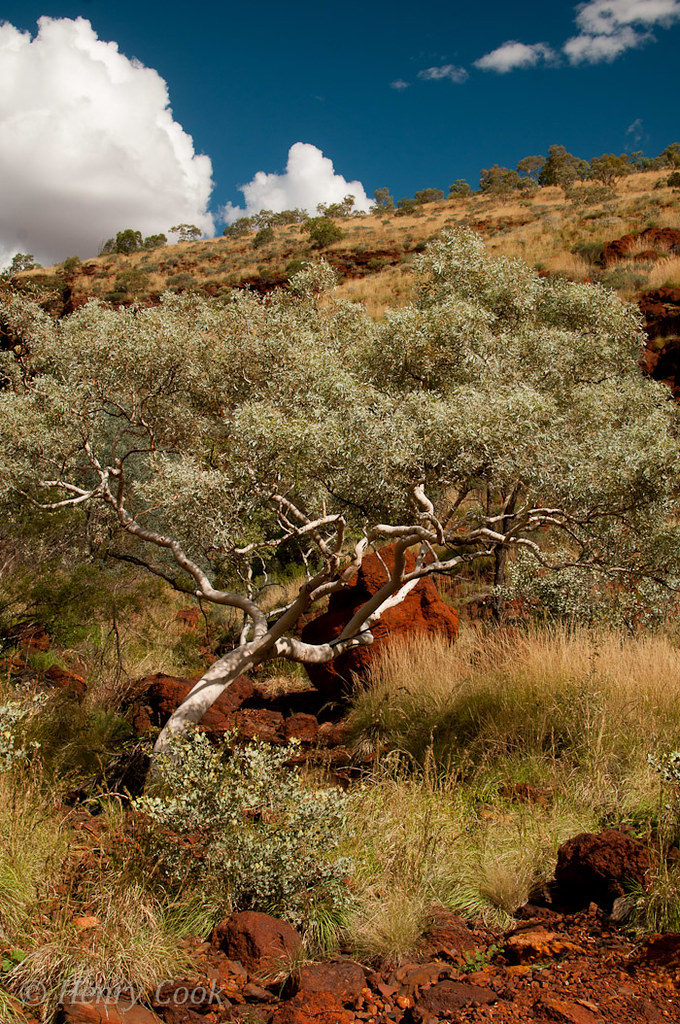
Ca$$$h-1230 by Henry.Cook, on Flickr
Here we are installing fences into our newly sunk buckets! Digging holes is fun!
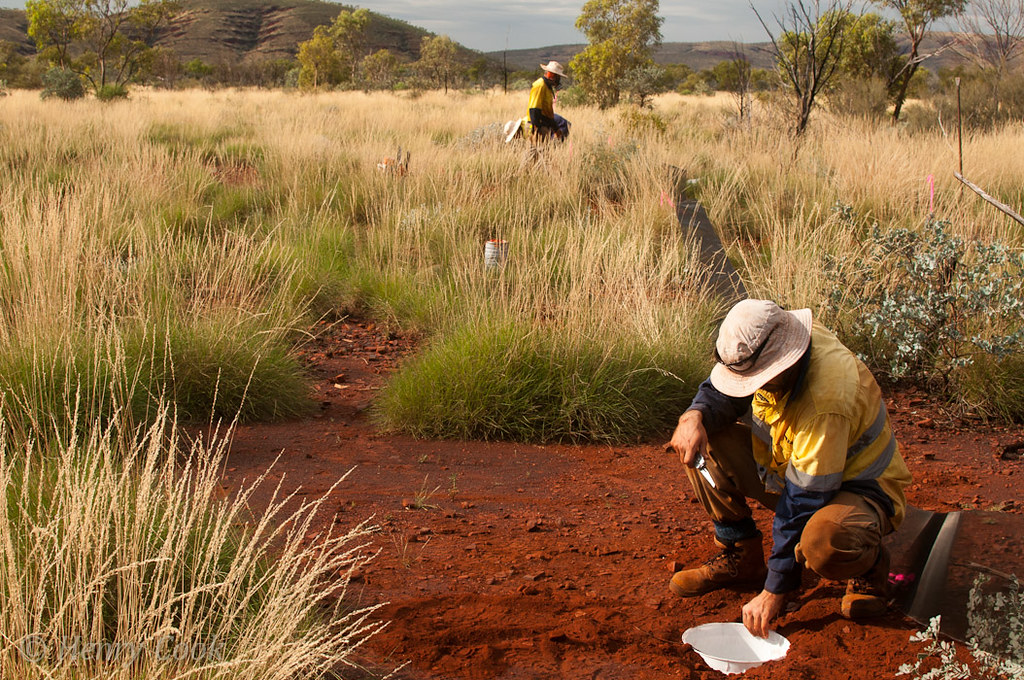
fencing-1280 by Henry.Cook, on Flickr
We set several sites up over the 4 day dig in period. Digging into rocks is not nearly as fun as it sounds but we managed.
Setting the sites for the first time is always exciting. During the preceding dig days you always start hypothesising your captures in each habitat type. Next time I'll put odds on each species and we'll place bets. I would have thought we'd get Tropical Short-tailed Mouse for sure on two of the sites, so I would have lost money there...
The first capture I genuinely predicted (aside from the regular stuff like Ctenotus pantherinus and Ctenophorus caudicinctus) was the Mulga Snake Pseudechis australis. Unfortunately I predicted a big one. This one was a little fella, a hatchling. Certainly a cute little snake and a nightmare to photograph, hence the fairly typical photo.
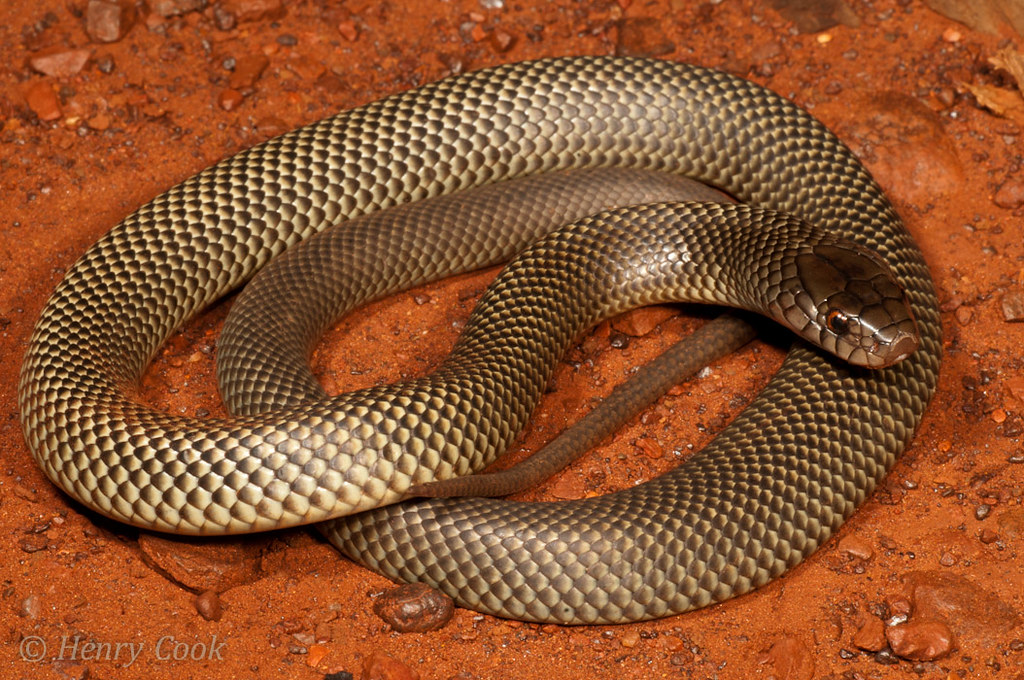
awww baby mulga-1376 by Henry.Cook, on Flickr
We also got a Rosen's Snake Suta fasciata that first night in. I've seen a few of these on the road but never in a trap. Unexpected- like a few of the other creatures that turned up in the traps...
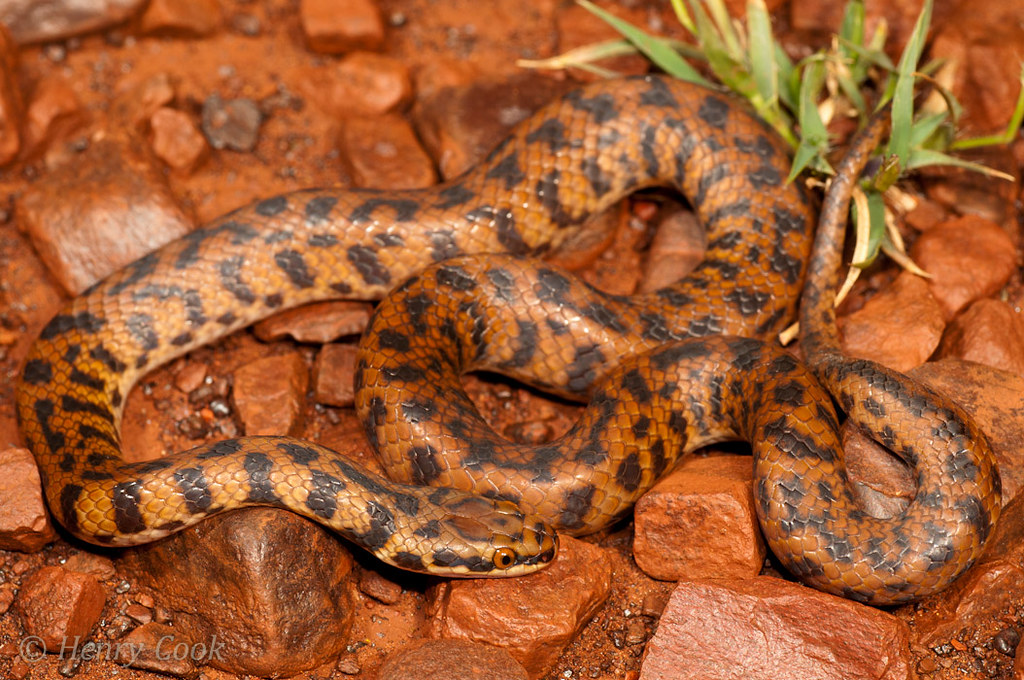
suta fasciata-1380 by Henry.Cook, on Flickr
SO the other unexpecteds...
Delma elegans turned up three times this trip... each animal being more spectacular than the last. The last young animal we caught had a full 28cm long tail to complement it's 7cm SVL. A really long thin Delma, one of the nicest I think.
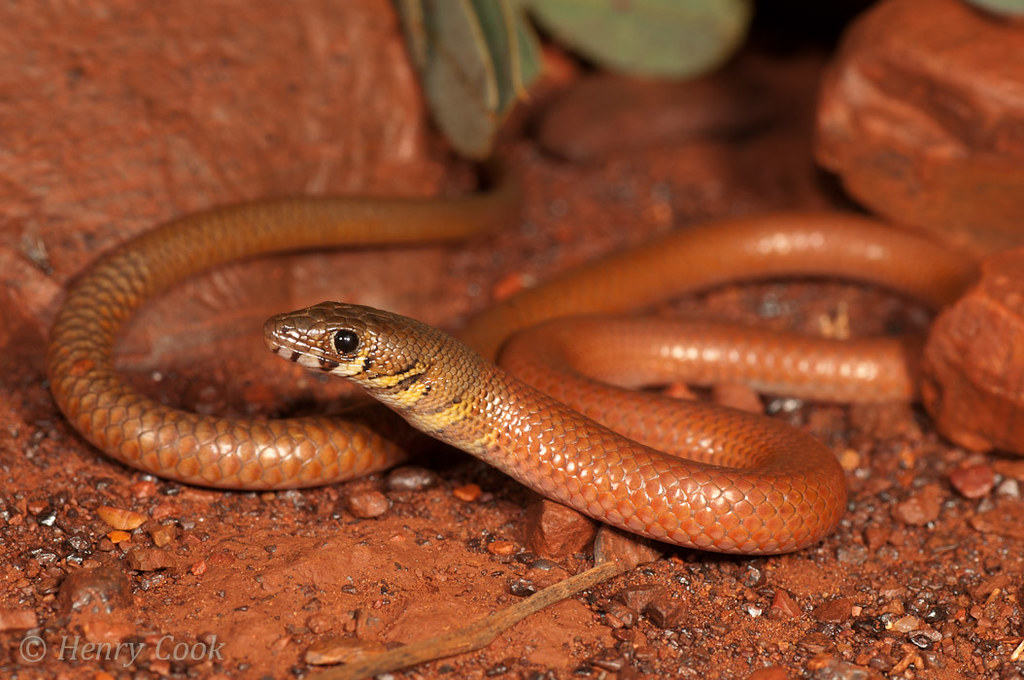
Delma elegans-1449 by Henry.Cook, on Flickr

delma elegans-1527 by Henry.Cook, on Flickr
Slightly larger and somewhat more impressive, I was surprised to come across this active lizard on a spotlight survey.
Perenties Varanus giganteus don't need much of an introduction: they are nothing but spectacular. Although this animal wasn't particularly big (about 4ft) it was still an impressive animal to behold (and hold)...
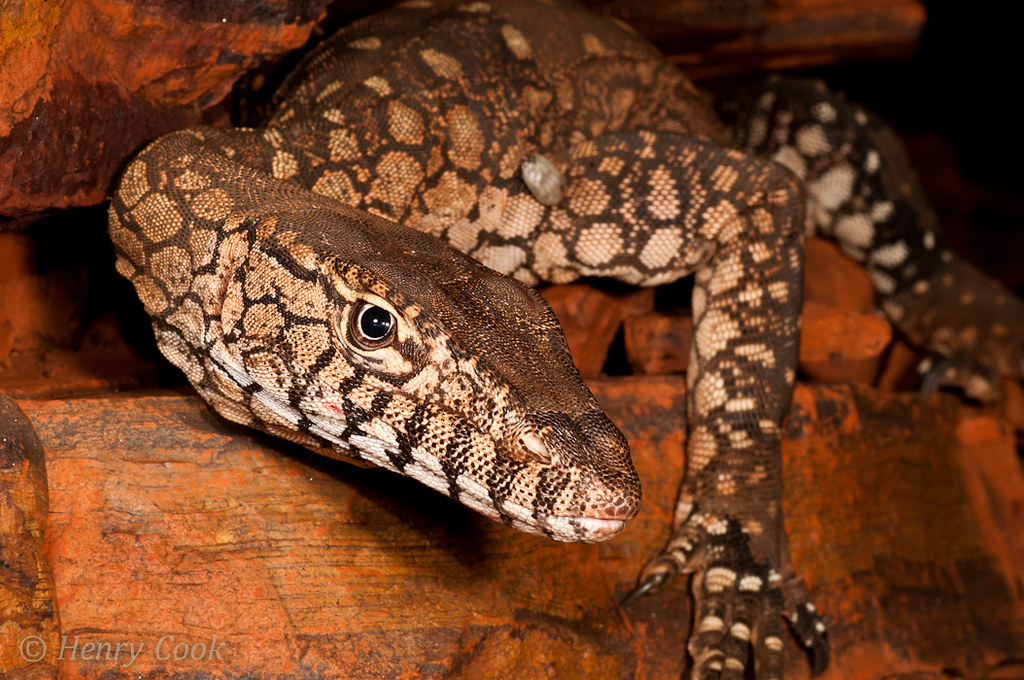
perentie-1621 by Henry.Cook, on Flickr
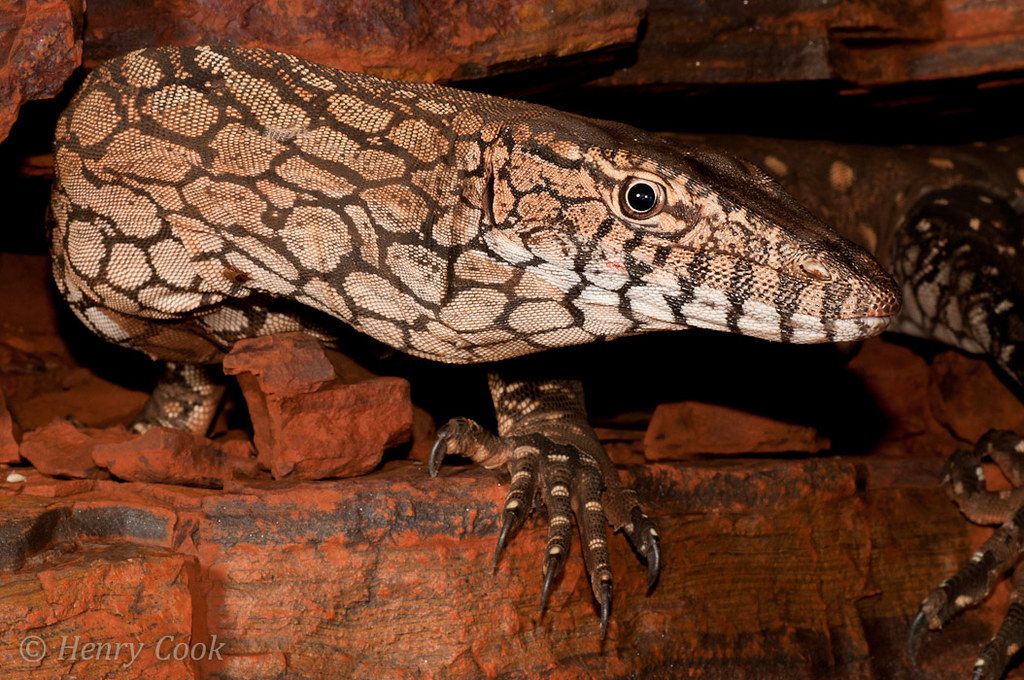
perentie-1632 by Henry.Cook, on Flickr
Something I always find surprising (despite seeing them in the PIlbara before) is Diplodactylus pulcher up here. They have an enormous range: perth hills, through the wheat belt up into the Pilbara. This little fella had a full stripe down it's body, slightly different to normal so worth a photo.
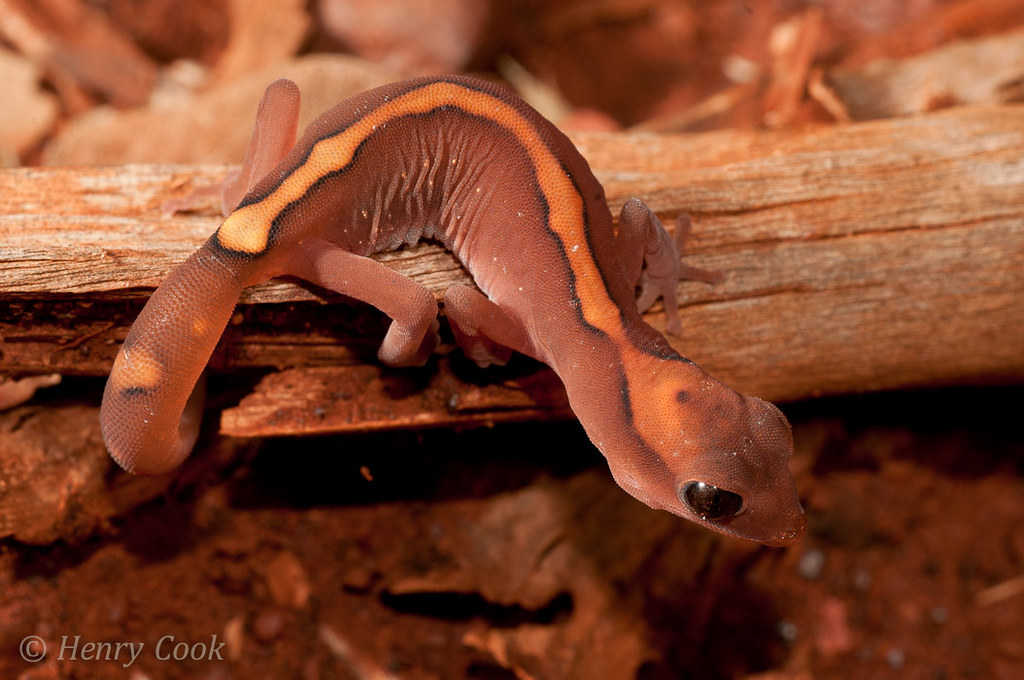
pulcher-1755 by Henry.Cook, on Flickr
Another species that has the core of it's range in the goldfields/gascoyne and sneaks into the Pilbara in the pockets of mulga is the Mulga Dragon Caimanops amphiboluroides, a species I've never seen before but ended up turning up in camp while we ate lunch.
We also found 2 juveniles nearby (photographed). These are spectacular lizards, apparently closely related to Diporiphora, according to the recent paper describing the new nobbi split (see AROD > Home | AROD.com.au for details).
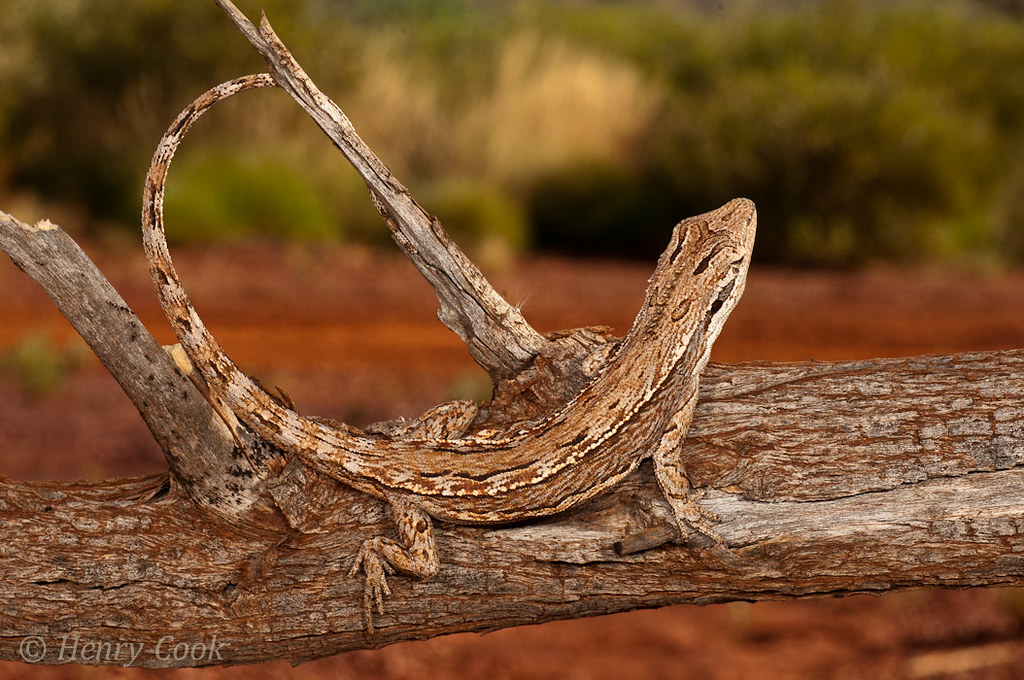
mulga dragon-2008 by Henry.Cook, on Flickr
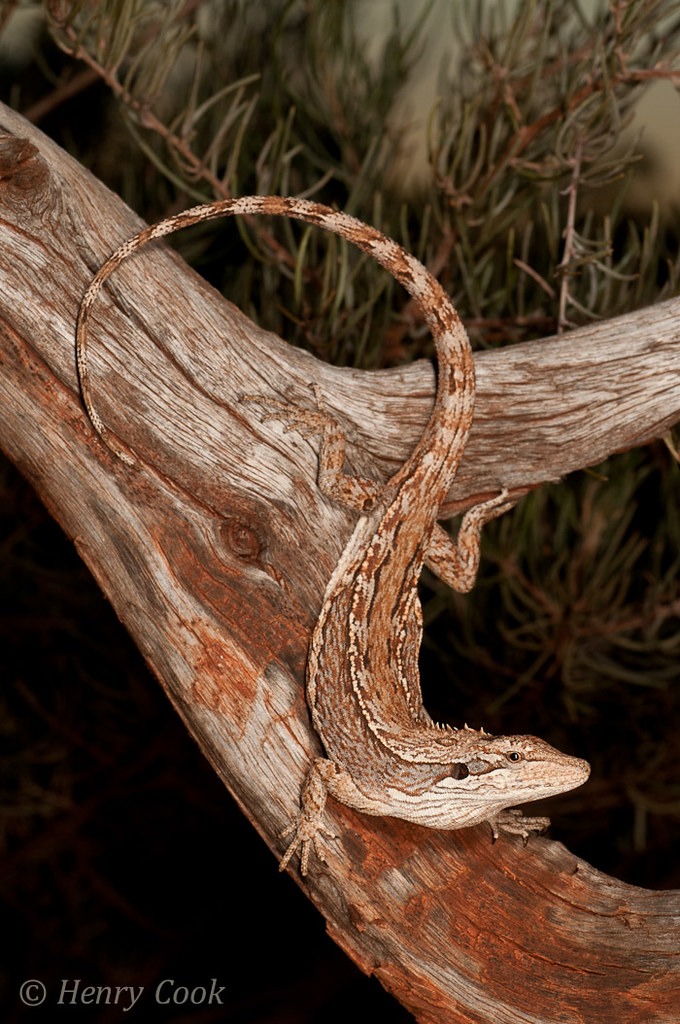
mulga dragon-1911 by Henry.Cook, on Flickr
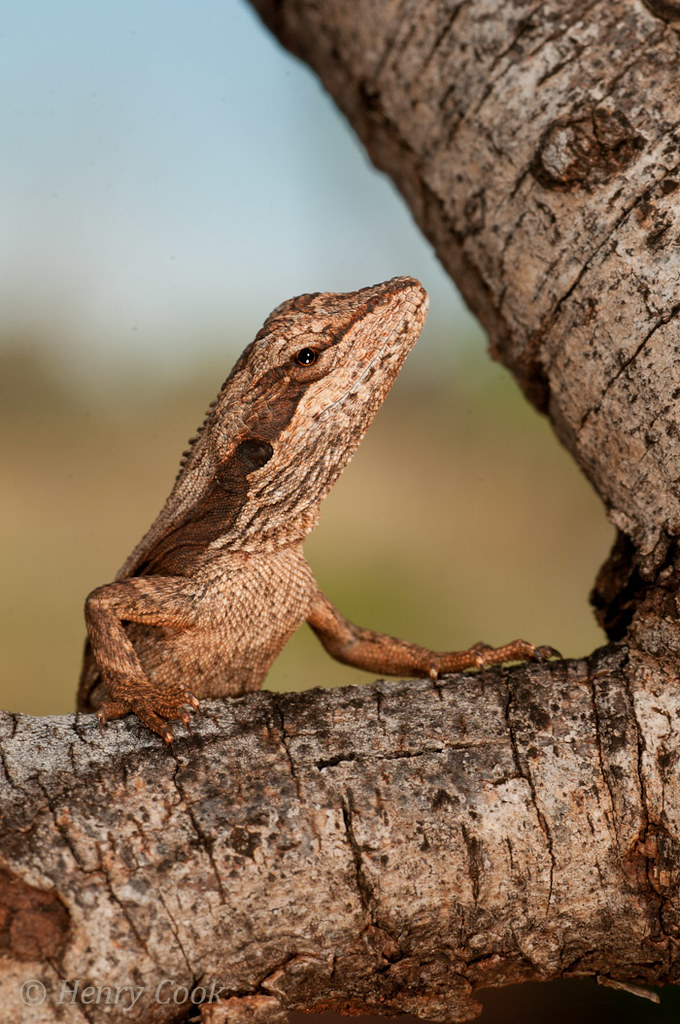
mulga dragon-1695 by Henry.Cook, on Flickr
Having heard how patchily distributed this species is, I was quite surprised to pull Ctenotus rutilans out of a pitfall trap. We managed to get a few of these and were new to everyone on the survey, including Magnus, our resident Ctenotus specialist (should Ctenotus pantherinus be split out to a separate genus, it will be Magnoscincus pantherinus. We were all quite happy to see this handsome Ctenotus. I feel a degree of regret that i didn't get better photos of it...
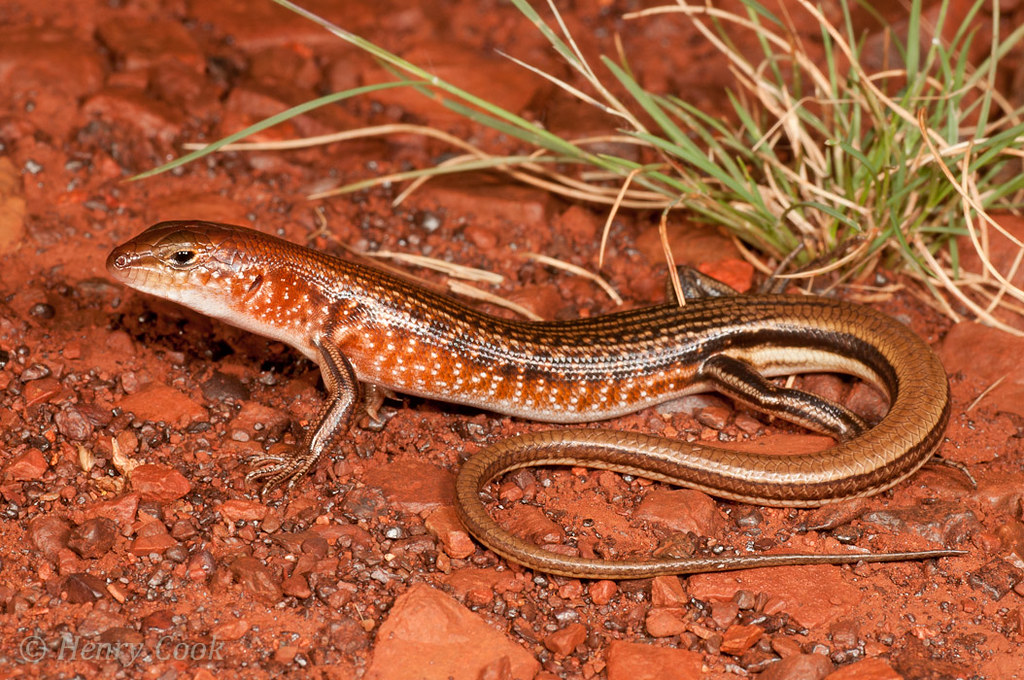
rutilans-1780 by Henry.Cook, on Flickr
Everything else was pretty standard for the fauna survey. We got a few nice birds for the trip, including Grey Honeyeater- a rich-patch fugitive that seldom stays in one place for any length of time...

grey he-2040 by Henry.Cook, on Flickr
And ground cuckoo-shrike. I'm not sure how many of you would have seen these birds but those that have should appreciate that I got uncommonly close for a photo. These are fairly uncommon birds that are VERY shy. previously I'd seen them three times and each time I hadn't got within 100meters.
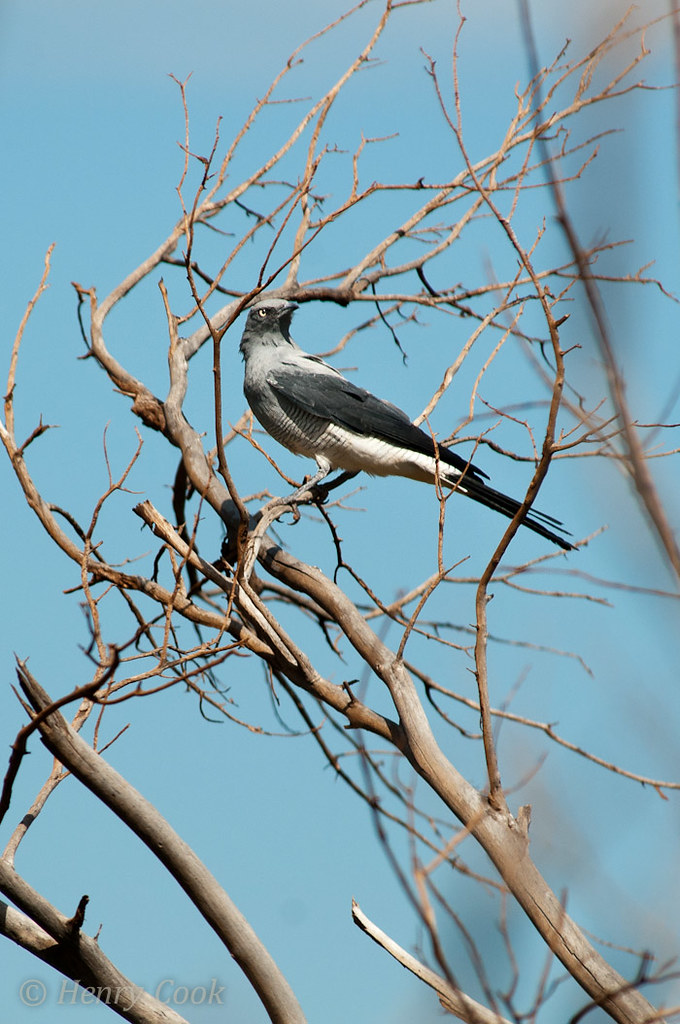
GCS-1889 by Henry.Cook, on Flickr
Other, more common, birds were really abundant. Budgies and diamond doves were going crazy.

budgies-1439 by Henry.Cook, on Flickr
THe bustards were breeding... this juvenile just stood by the road...
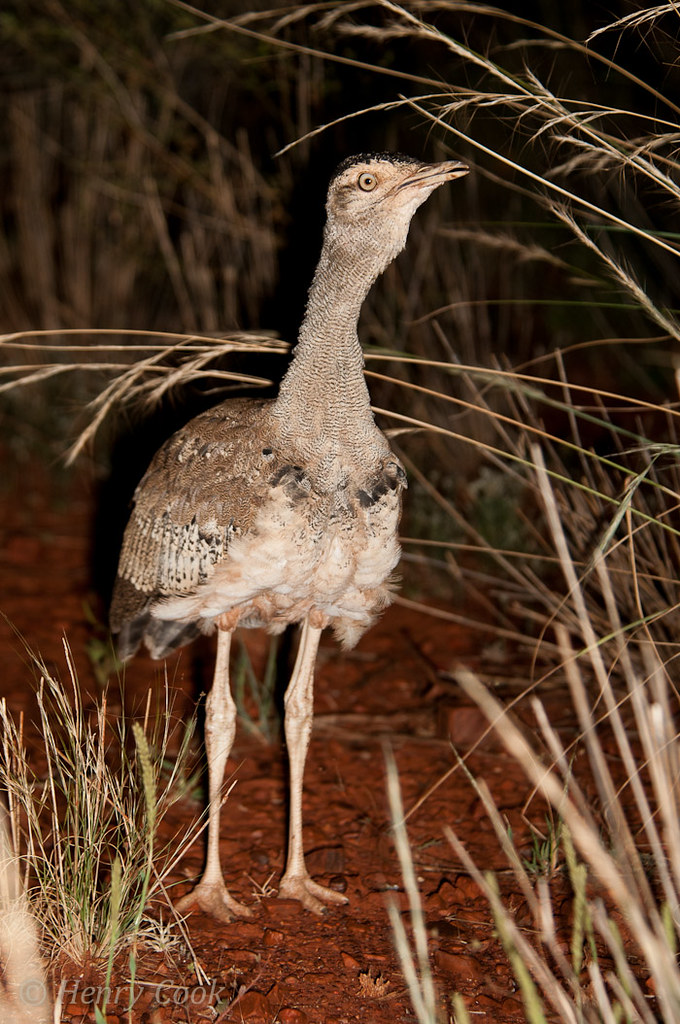
bustard-1654 by Henry.Cook, on Flickr
And hooded robins are a really lovely little bird that's quite common in WA. Always nice to see them, especially when they pose for you!
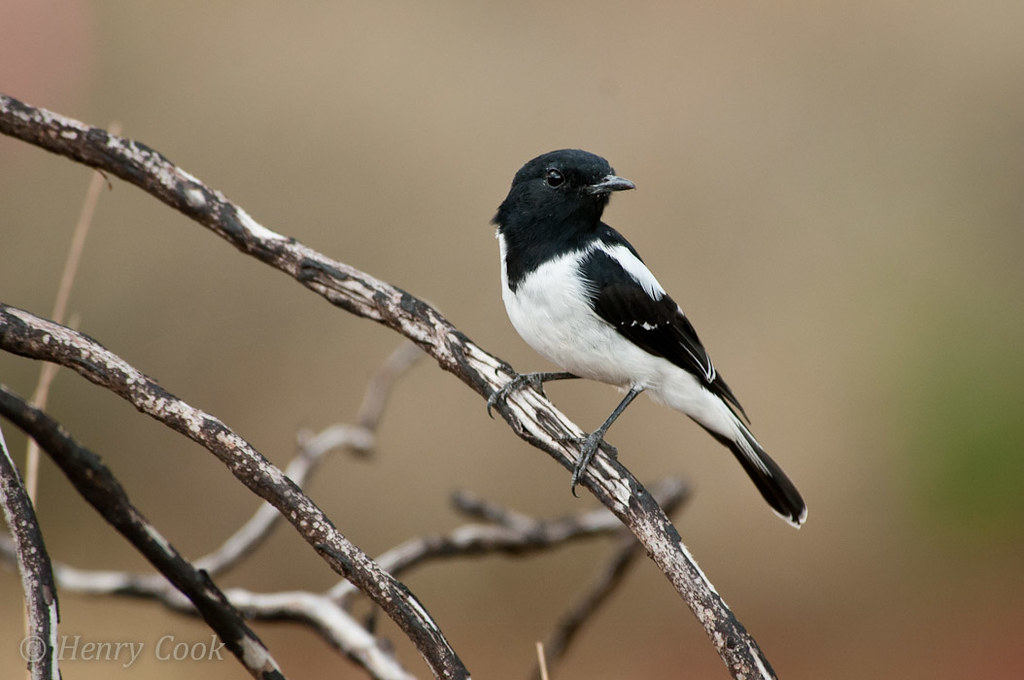
Hooded Robin-1479 by Henry.Cook, on Flickr
the ubiquitous Brown Falcon... Doing it's best not to be a Grey Falcon. Very annoying that...
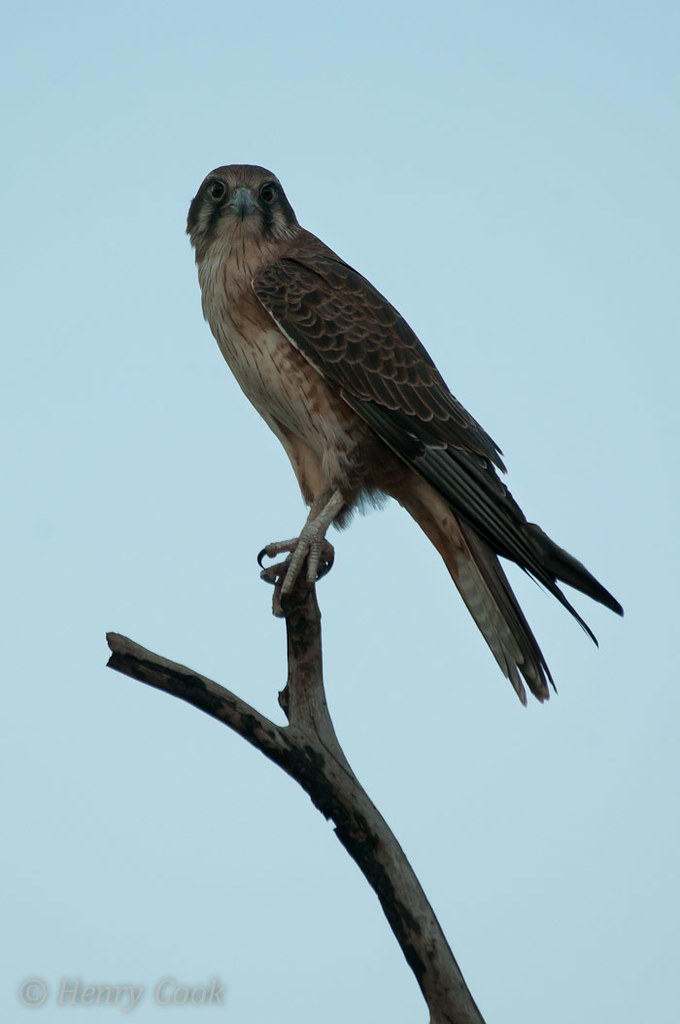
brown falcon-1559 by Henry.Cook, on Flickr
We also got alot of the regular reptile stuff that I generally photograph but I really didn't have time or energy this trip. I mean, how many Ctenotus helenae photos can you possibly need?
I did photograph a few critters that took my fancy though...
I really like Clawless Geckos Crenodactylus occelatus.
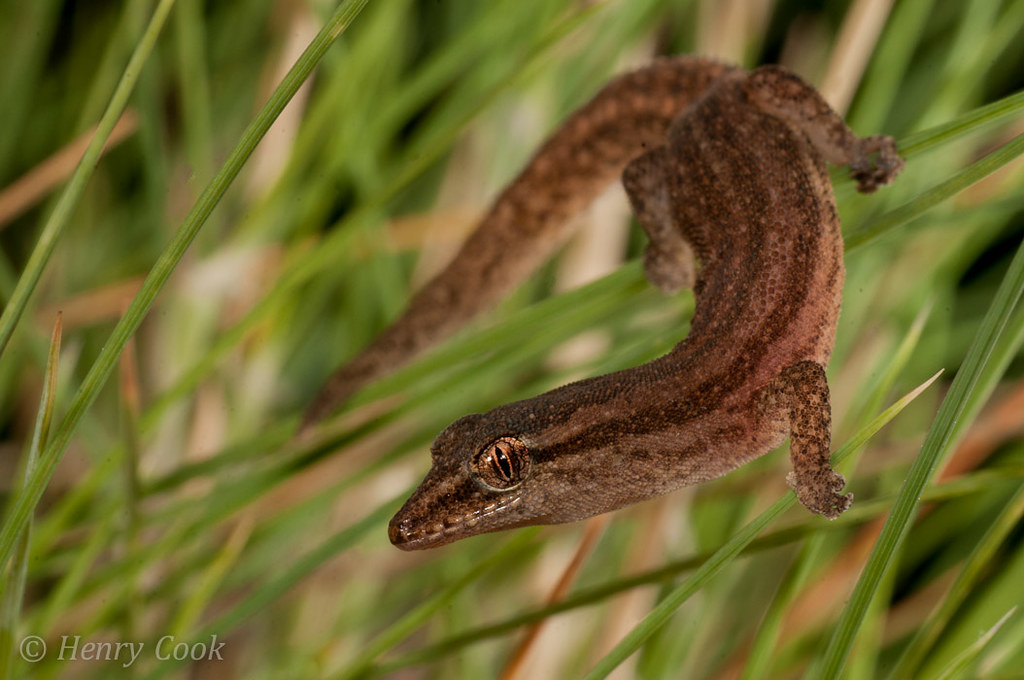
creno-1766 by Henry.Cook, on Flickr
And it was more the challenge of making it look atractive that I took to photographing this Lerista muelleri.
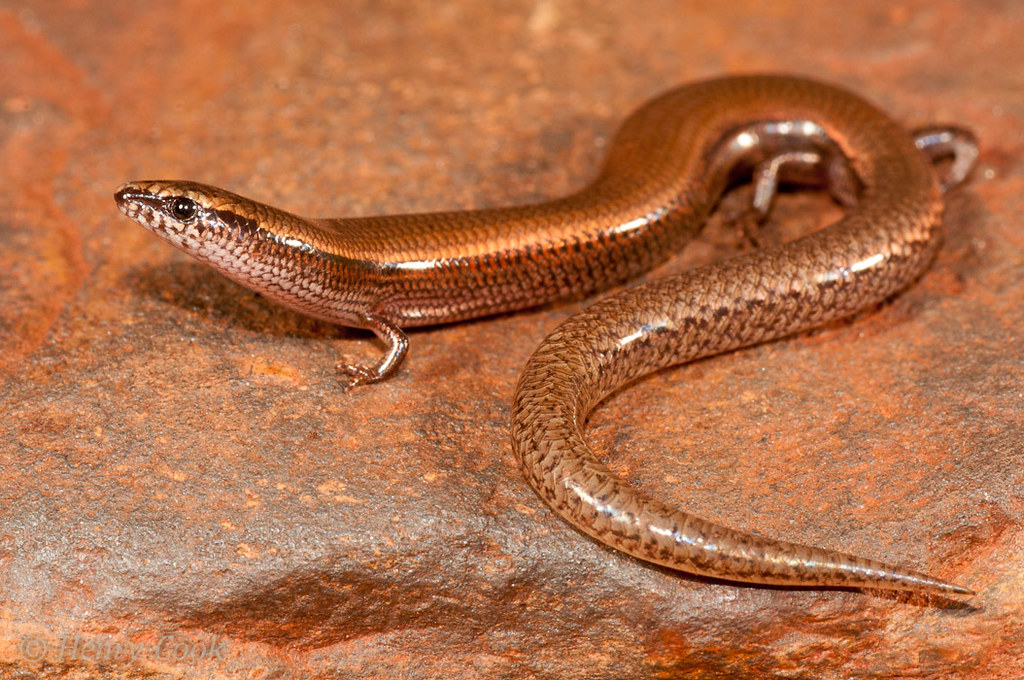
Lerista muelleri-2144 by Henry.Cook, on Flickr
... and this Menetia greyi. I don't think I did as well with this one...
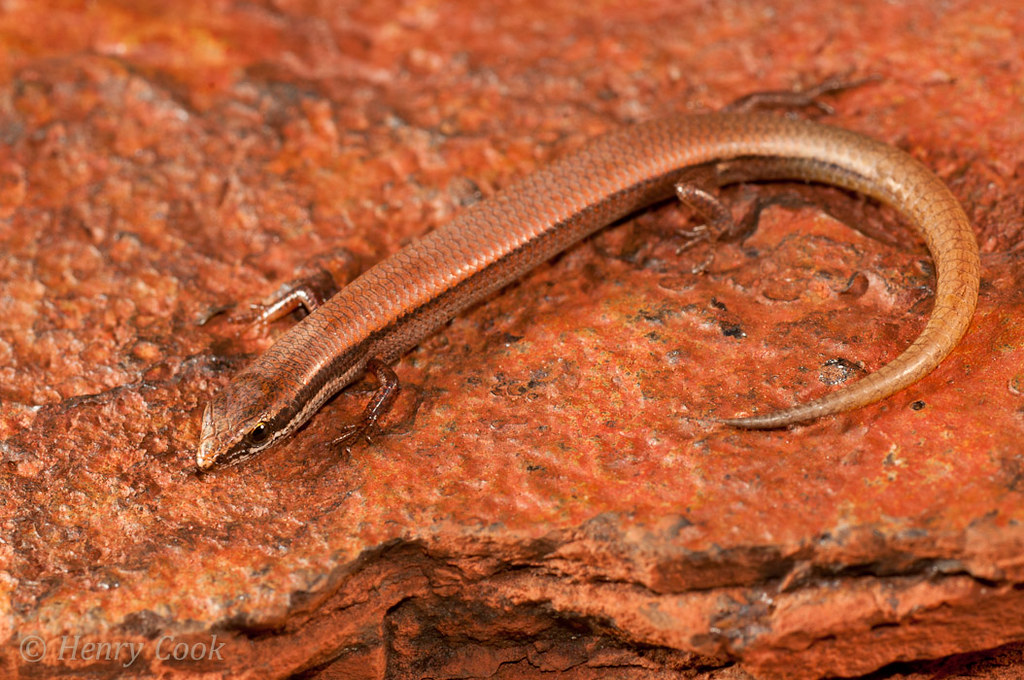
menetia-1803 by Henry.Cook, on Flickr
I did a bit better with the Oedura marmorata though. I really like their feet so I try and get macro images of Oedura feet when I can.

marmfoot-1728 by Henry.Cook, on Flickr
And here's the animal:
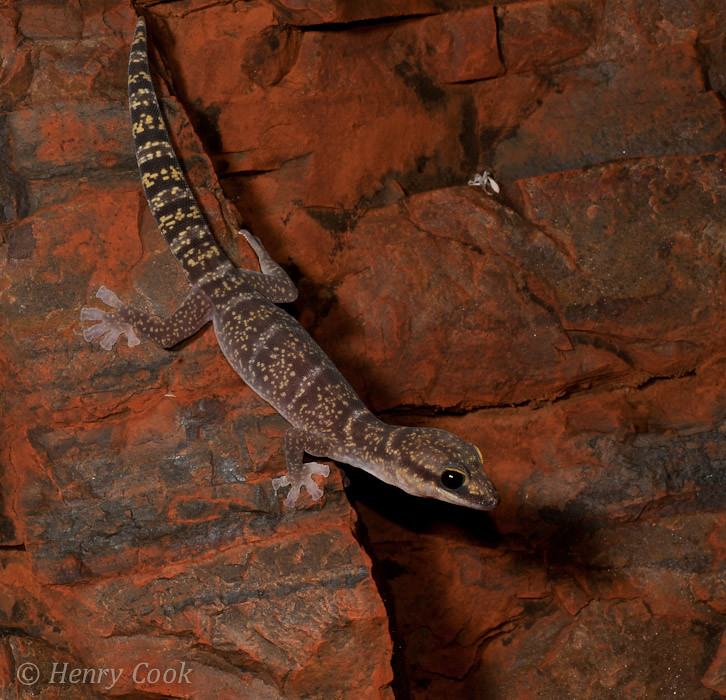
marm-1726 by Henry.Cook, on Flickr
Ringed Brown Snakes Pseudonaja modesta are common most arid places, but we only trapped the one! I think they're more partial to the sandplains. I've trapped quite a few on sandy soils...
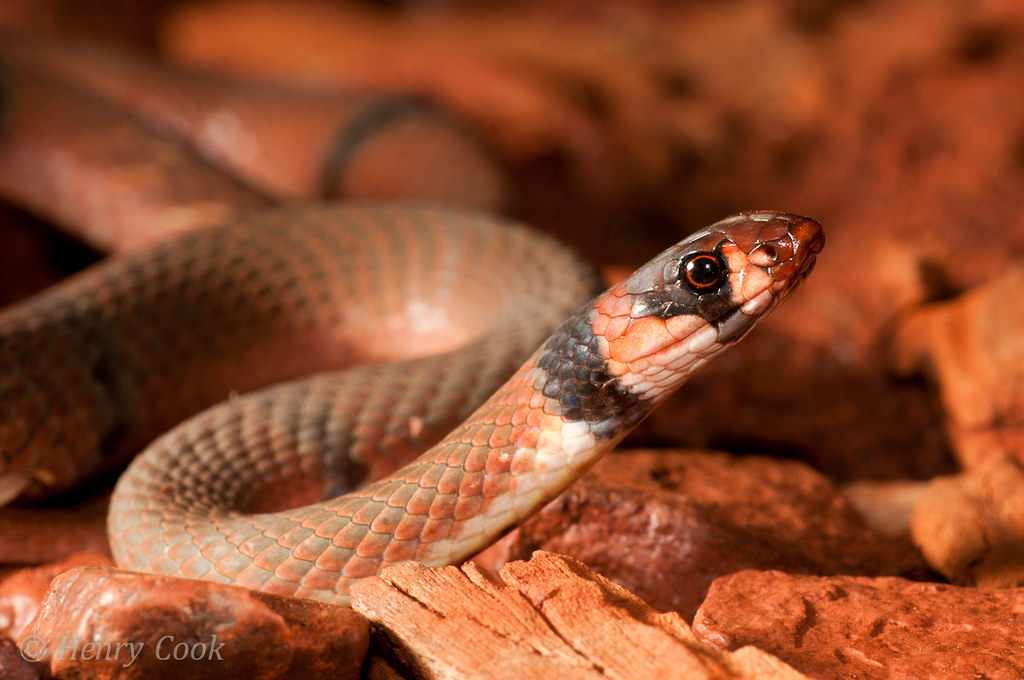
modesta-1827 by Henry.Cook, on Flickr
Pygmy Pythons Antaresia perthensis are apparently dirt common, but this was the first one I've ever seen. it was an extraordinarily-ordinary looking animal. I can't understand the frenzy they whip people into ("$2k for a pair? I'll give you $3k! Take all my money!")
("$2k for a pair? I'll give you $3k! Take all my money!")

pygmy python-1741 by Henry.Cook, on Flickr
And finally another first for me. ALthough I've trapped them I've never spotlit them. Cute little termite eating Diplodactylus savagei. I found a few on a nasty windy night in a dry creek bed.
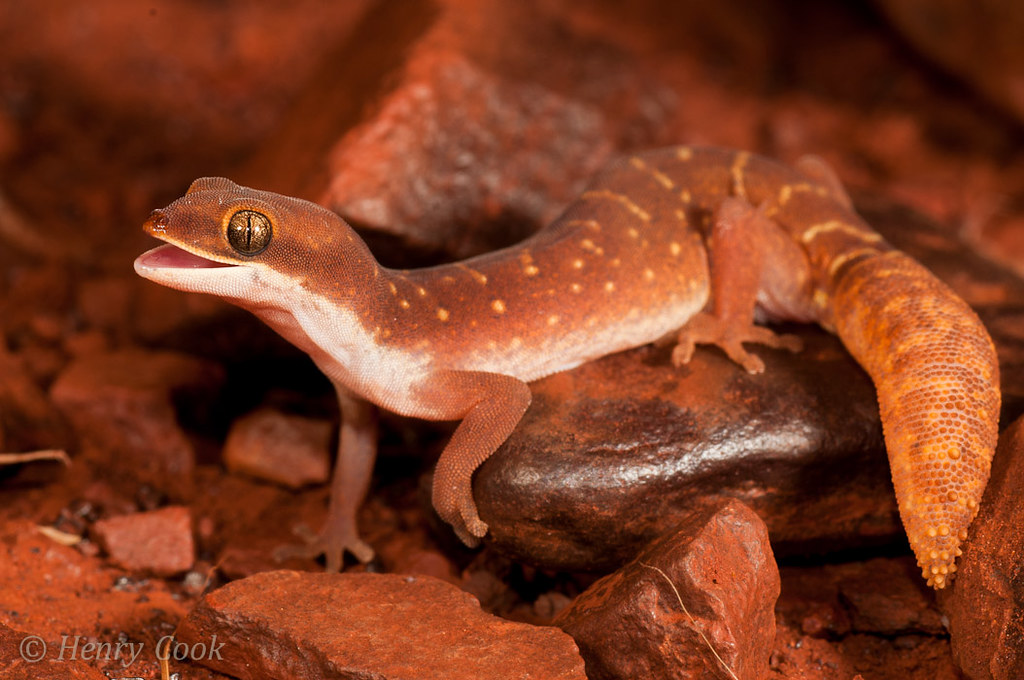
savagei-1974 by Henry.Cook, on Flickr
Oh, we also got a snelli.
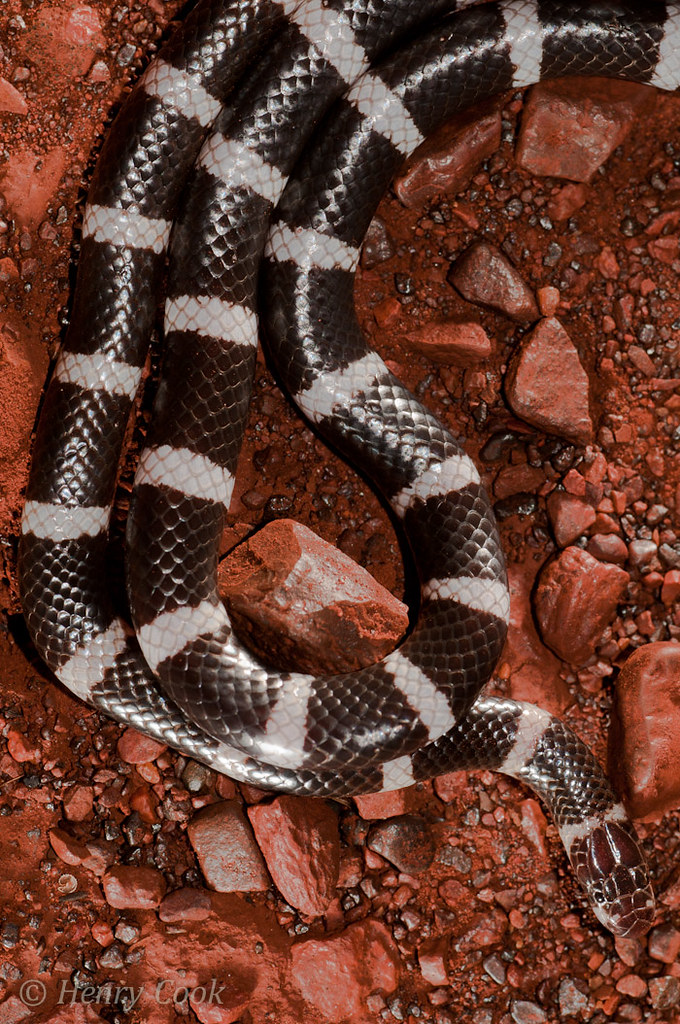
snelli-1537 by Henry.Cook, on Flickr
THey're bar-stards to photograph so I didn't bother... Again, how many photographs of Vermicella snelli do you need?
So I'll leave you with a sunset pic to close the thread. It was a good trip, no injuries and no disasters. My stay again confirmed that the Pilbara is an undeveloped tourist destination. It is just stunning. A really amazing place, bursting at the seams with natural beauty. Try and spend a few weeks up there before they dig it all up and send it to China. Do yourself a favour and plan a spring trip. It'll be beautiful.

sunset 1-1220 by Henry.Cook, on Flickr
All the best,
Henry.
After a brief hiatus I'm going to try and post a little more, upload more stuff to flickr and my other site (that i'm not allowed to have in my signature), or, in the very least, catch up and write up a few of the field herping threads that should have gone up here and there.
I thought I'd start with that which will be shortest, most recent and freshest in my memory. For work I headed up to the Pilbara, about 120kms NW of Newman for a 15 day camping trip that involved installation of pitfall traps, the trapping period and some extra quoll survey trapping.
We were trapping with elliot traps, funnel traps, cage traps and pitfall buckets.
Here's a bit of habitat to give you a bit of an idea of the sort of country i was trapping in.

Ca$$$h-1230 by Henry.Cook, on Flickr
Here we are installing fences into our newly sunk buckets! Digging holes is fun!

fencing-1280 by Henry.Cook, on Flickr
We set several sites up over the 4 day dig in period. Digging into rocks is not nearly as fun as it sounds but we managed.
Setting the sites for the first time is always exciting. During the preceding dig days you always start hypothesising your captures in each habitat type. Next time I'll put odds on each species and we'll place bets. I would have thought we'd get Tropical Short-tailed Mouse for sure on two of the sites, so I would have lost money there...
The first capture I genuinely predicted (aside from the regular stuff like Ctenotus pantherinus and Ctenophorus caudicinctus) was the Mulga Snake Pseudechis australis. Unfortunately I predicted a big one. This one was a little fella, a hatchling. Certainly a cute little snake and a nightmare to photograph, hence the fairly typical photo.

awww baby mulga-1376 by Henry.Cook, on Flickr
We also got a Rosen's Snake Suta fasciata that first night in. I've seen a few of these on the road but never in a trap. Unexpected- like a few of the other creatures that turned up in the traps...

suta fasciata-1380 by Henry.Cook, on Flickr
SO the other unexpecteds...
Delma elegans turned up three times this trip... each animal being more spectacular than the last. The last young animal we caught had a full 28cm long tail to complement it's 7cm SVL. A really long thin Delma, one of the nicest I think.

Delma elegans-1449 by Henry.Cook, on Flickr

delma elegans-1527 by Henry.Cook, on Flickr
Slightly larger and somewhat more impressive, I was surprised to come across this active lizard on a spotlight survey.
Perenties Varanus giganteus don't need much of an introduction: they are nothing but spectacular. Although this animal wasn't particularly big (about 4ft) it was still an impressive animal to behold (and hold)...

perentie-1621 by Henry.Cook, on Flickr

perentie-1632 by Henry.Cook, on Flickr
Something I always find surprising (despite seeing them in the PIlbara before) is Diplodactylus pulcher up here. They have an enormous range: perth hills, through the wheat belt up into the Pilbara. This little fella had a full stripe down it's body, slightly different to normal so worth a photo.

pulcher-1755 by Henry.Cook, on Flickr
Another species that has the core of it's range in the goldfields/gascoyne and sneaks into the Pilbara in the pockets of mulga is the Mulga Dragon Caimanops amphiboluroides, a species I've never seen before but ended up turning up in camp while we ate lunch.
We also found 2 juveniles nearby (photographed). These are spectacular lizards, apparently closely related to Diporiphora, according to the recent paper describing the new nobbi split (see AROD > Home | AROD.com.au for details).

mulga dragon-2008 by Henry.Cook, on Flickr

mulga dragon-1911 by Henry.Cook, on Flickr

mulga dragon-1695 by Henry.Cook, on Flickr
Having heard how patchily distributed this species is, I was quite surprised to pull Ctenotus rutilans out of a pitfall trap. We managed to get a few of these and were new to everyone on the survey, including Magnus, our resident Ctenotus specialist (should Ctenotus pantherinus be split out to a separate genus, it will be Magnoscincus pantherinus. We were all quite happy to see this handsome Ctenotus. I feel a degree of regret that i didn't get better photos of it...

rutilans-1780 by Henry.Cook, on Flickr
Everything else was pretty standard for the fauna survey. We got a few nice birds for the trip, including Grey Honeyeater- a rich-patch fugitive that seldom stays in one place for any length of time...

grey he-2040 by Henry.Cook, on Flickr
And ground cuckoo-shrike. I'm not sure how many of you would have seen these birds but those that have should appreciate that I got uncommonly close for a photo. These are fairly uncommon birds that are VERY shy. previously I'd seen them three times and each time I hadn't got within 100meters.

GCS-1889 by Henry.Cook, on Flickr
Other, more common, birds were really abundant. Budgies and diamond doves were going crazy.

budgies-1439 by Henry.Cook, on Flickr
THe bustards were breeding... this juvenile just stood by the road...

bustard-1654 by Henry.Cook, on Flickr
And hooded robins are a really lovely little bird that's quite common in WA. Always nice to see them, especially when they pose for you!

Hooded Robin-1479 by Henry.Cook, on Flickr
the ubiquitous Brown Falcon... Doing it's best not to be a Grey Falcon. Very annoying that...

brown falcon-1559 by Henry.Cook, on Flickr
We also got alot of the regular reptile stuff that I generally photograph but I really didn't have time or energy this trip. I mean, how many Ctenotus helenae photos can you possibly need?
I did photograph a few critters that took my fancy though...
I really like Clawless Geckos Crenodactylus occelatus.

creno-1766 by Henry.Cook, on Flickr
And it was more the challenge of making it look atractive that I took to photographing this Lerista muelleri.

Lerista muelleri-2144 by Henry.Cook, on Flickr
... and this Menetia greyi. I don't think I did as well with this one...

menetia-1803 by Henry.Cook, on Flickr
I did a bit better with the Oedura marmorata though. I really like their feet so I try and get macro images of Oedura feet when I can.

marmfoot-1728 by Henry.Cook, on Flickr
And here's the animal:

marm-1726 by Henry.Cook, on Flickr
Ringed Brown Snakes Pseudonaja modesta are common most arid places, but we only trapped the one! I think they're more partial to the sandplains. I've trapped quite a few on sandy soils...

modesta-1827 by Henry.Cook, on Flickr
Pygmy Pythons Antaresia perthensis are apparently dirt common, but this was the first one I've ever seen. it was an extraordinarily-ordinary looking animal. I can't understand the frenzy they whip people into

pygmy python-1741 by Henry.Cook, on Flickr
And finally another first for me. ALthough I've trapped them I've never spotlit them. Cute little termite eating Diplodactylus savagei. I found a few on a nasty windy night in a dry creek bed.

savagei-1974 by Henry.Cook, on Flickr
Oh, we also got a snelli.

snelli-1537 by Henry.Cook, on Flickr
THey're bar-stards to photograph so I didn't bother... Again, how many photographs of Vermicella snelli do you need?
So I'll leave you with a sunset pic to close the thread. It was a good trip, no injuries and no disasters. My stay again confirmed that the Pilbara is an undeveloped tourist destination. It is just stunning. A really amazing place, bursting at the seams with natural beauty. Try and spend a few weeks up there before they dig it all up and send it to China. Do yourself a favour and plan a spring trip. It'll be beautiful.

sunset 1-1220 by Henry.Cook, on Flickr
All the best,
Henry.



